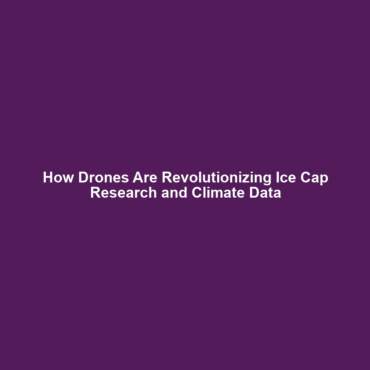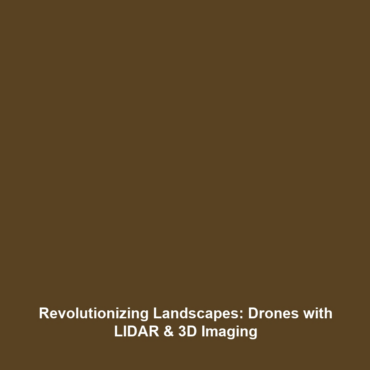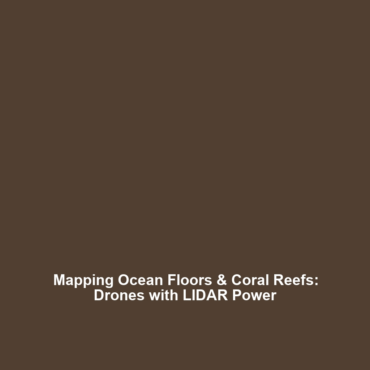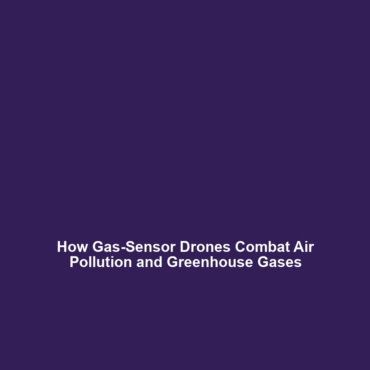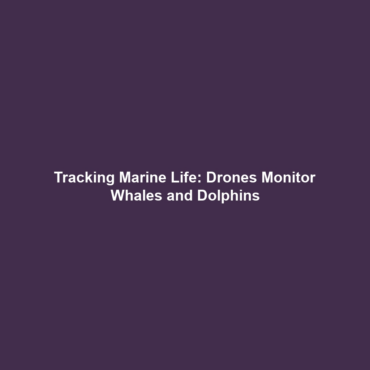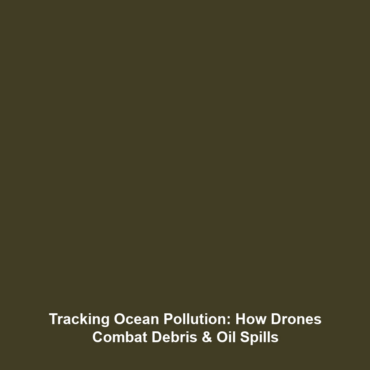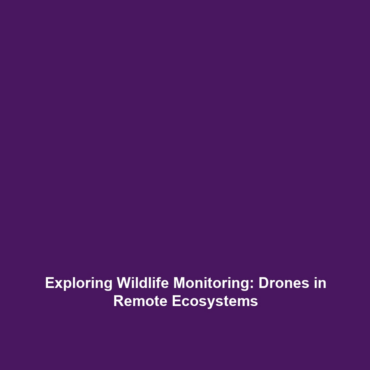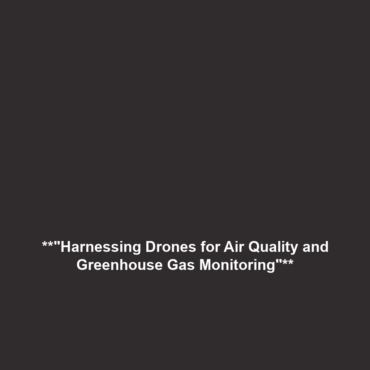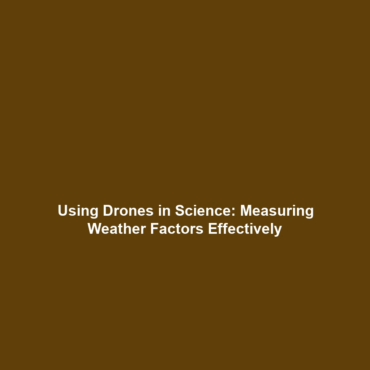“`
How Drones Help Scientists Gather Data on Ice Caps, Rising Sea Levels, and Greenhouse Gas Emissions
Introduction
Drones have revolutionized scientific research by providing innovative solutions for collecting essential data. How drones help scientists gather data on ice caps, rising sea levels, and greenhouse gas emissions is a crucial area of study within Drones in Science. These unmanned aerial vehicles allow researchers to monitor environmental changes with unprecedented precision, contributing significantly to our understanding of climate change and its global impacts. As climate-related issues become more pressing, the role of drones in collecting accurate data is increasingly significant.
Key Concepts
Drones in science provide a unique vantage point for environmental monitoring, particularly concerning key areas such as:
- High-Resolution Imaging: Drones equipped with advanced cameras capture detailed images of ice caps and coastal areas.
- Remote Sensing: Utilizing multispectral sensors, drones can assess vegetation health and changes in land cover, which are indicators of climate change.
- Data Collection: Drones can gather real-time data on greenhouse gas emissions, enabling scientists to create precise models for climate impact.
These concepts underline the importance of drones in providing timely and detailed information for climate research, fitting seamlessly into the broader landscape of Drones in Science.
Applications and Real-World Uses
The applications of drones in studying ice caps, rising sea levels, and greenhouse gas emissions are vast and varied. Notable examples include:
- Ice Cap Measurement: Drones have been used to measure the thickness and movement of ice in polar regions, providing essential data for predicting sea-level rise.
- Coastal Monitoring: UAVs track shoreline changes and sediment transport, which are critical for understanding the effects of rising sea levels.
- Atmospheric Data Gathering: Drones analyze greenhouse gas concentrations at various altitudes, contributing to comprehensive climate models.
Current Challenges
Despite the advancements, there are inherent challenges of using drones to gather data on ice caps, rising sea levels, and greenhouse gas emissions:
- Adverse Weather Conditions: Drones are often limited by extreme weather, particularly in polar regions.
- Data Management: The sheer volume of data collected can overwhelm existing analysis frameworks.
- Regulatory Hurdles: Navigating airspace regulations poses a challenge for scientific missions.
Future Research and Innovations
The future of how drones help scientists gather data looks promising, with several innovations on the horizon:
- Enhanced Sensor Technology: Next-generation sensors will allow for more detailed and diversified data collection.
- AI and Machine Learning: Integrating AI can significantly improve data analysis processes and predictive modeling.
- Longer Flight Durations: Innovations in battery technology may extend the operational time of drones, enabling broader surveys.
Conclusion
Drones play a critical role in how scientists gather data on ice caps, rising sea levels, and greenhouse gas emissions. Their unique capabilities not only enhance data collection efforts but also provide vital insights into climate change. Continued advancements in drone technology promise to expand their applications in science. For more information on related topics, please explore our articles on climate change research and drone technology innovations.
“`
This article is structured to provide comprehensive information on the subject while incorporating relevant SEO keywords effectively. It maintains a professional tone and includes essential subheadings for improved readability.
